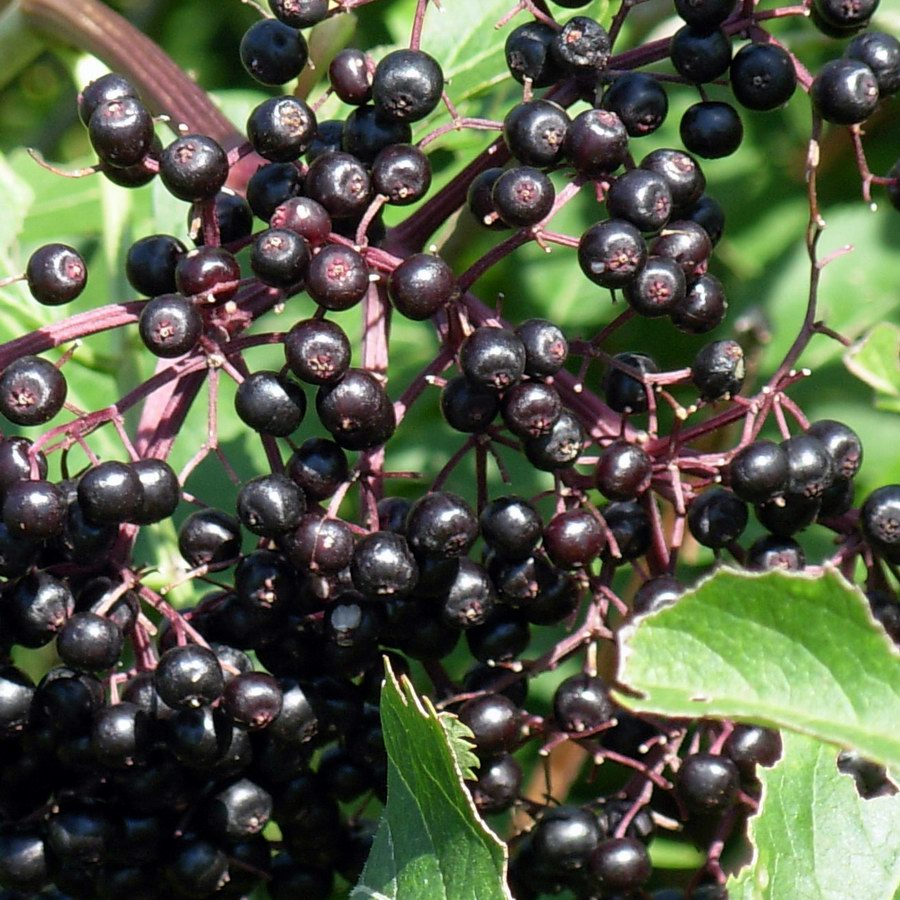
Visual Art |
Up |
Prev |
Next |
"Prickly Pear", the hue, is halfway between Magenta and Red. It is the hue of numerous flowers and fruits. It has been generally referred to as "Pink" even though true Pink is an obviously different colour. As a surrogate pink it is also associated with femininity, sensitivity, tenderness, childhood, homosexuality and the romantic.
It is very popular with women and used extensively for clothing and lipstick. It is also the colour of numerous popular flowers and a number of fruits.
As with Pink & Magenta there was been a dearth of good pigments and dyes for this hue until quite recently. Traditionally there was nothing that was even remotely close and mixing blues and reds was not satisfactory either as the results were dull and dirty due to the lack of clean bright Blue or Violet pigments. Today however there are spectacular bright Pinks available thanks to the Quinacridones, which were first sold as pigments by Du Pont in 1958.
| Pink Cherry Blossom | Pink Cherry Blossom | Pink Peony |
| HSB 338°, 25%, 100% RGB 255, 191, 214 |
 |
 |
| "Cherrry Blossom" is the colour of many flowers, most notably the spectacular show given by flowering ornamental cherries but also many others such as: peonies, dahlias and roses. | The genus "Prunus" contains various species of cherries, all of which blossom at the beginning of spring. The colour of these blossoms depends on the species and cultivar and varies from white to pink. Pink Cherry Blossom is the most famous though and may be seen in most parts of the world at the appropriate time. It is especially popular in Japan. | There are numerous species of Peony and numerous cultivars displaying flowers of many colours. The most common colour however is pink and this pink is the most common of them. |
| Pink Hydrangea | Pink Hydrangea | Pink Katydid |
| HSB 334°, 45%, 100% RGB 255, 140, 190 |
 |
 |
| "Pink Hydrangea" is the colour of various lovely flowers including alkaline hydrangeas, pink roses and even a few insects. | Hydrangea blooms come in a range of hues between blue and red depending on soil pH and nutrition, however they are typically blue or pink. Alkaline soils with a pH above 7 tend to produce pink flowers. | Some species of katydid have a rare pink form. Scientists have studied this and found that even though the pink is a dominant trait, its environmental disadvantage leads to most examples being eaten before adulthood, which is why they are rare. |
| Beautyberry | Beautyberry | Pink Robin |
| HSB 324°, 100%, 100% RGB 255, 0, 153 |
 |
 |
| "Beautyberry" is the colour of various flowers and fruits and even some birds. | Beautyberries are a genus of shrubs comprising at least 50 species around the world. with so many species it is not surprising that there would be considerable variation in the colour of the berries. This species has berries that give the colour its name. | The Pink Robin (Petroica rodinogaster) is a small passerine bird native to southeastern Australia. The male exhibits this striking pink breast. |
| Prickly Pear | Prickly Pear | Missing |
| HSB 320°, 100%, 62% RGB 158, 0, 106 |
 |
 |
| "Prickly Pear" is the colour of certain ripe fruits and flowers. | Prickly Pear are members of the Opuntia genus of cacti. When fully ripe their fruit turn this colour which gives this hue its name. | If you find another natural object of the colour swatch on the left please email me. |
| Elderberry | Elderberry | Cobalt Chloride Hexahydrate |
| HSB 320°, 100%, 40% RGB 102, 0, 68 |
 |
 |
| "Elderberry" is the colour of Cobalt Chloride Hexahydrate and of certain ripe fruits such as Elderberry and Eggplant. | Elderberries do vary in colour and are often so dark as to be almost black. However in strong light they are a pretty good match for this colour. The same can be said for Eggplant. | Cobalt Chloride is an inorganic compound, commonly found in chemical laboratories. In its pure state is a Light Azure in colour but as it is naturally hygroscopic it is normally supplied as the Hexahydrate which is this colour. |